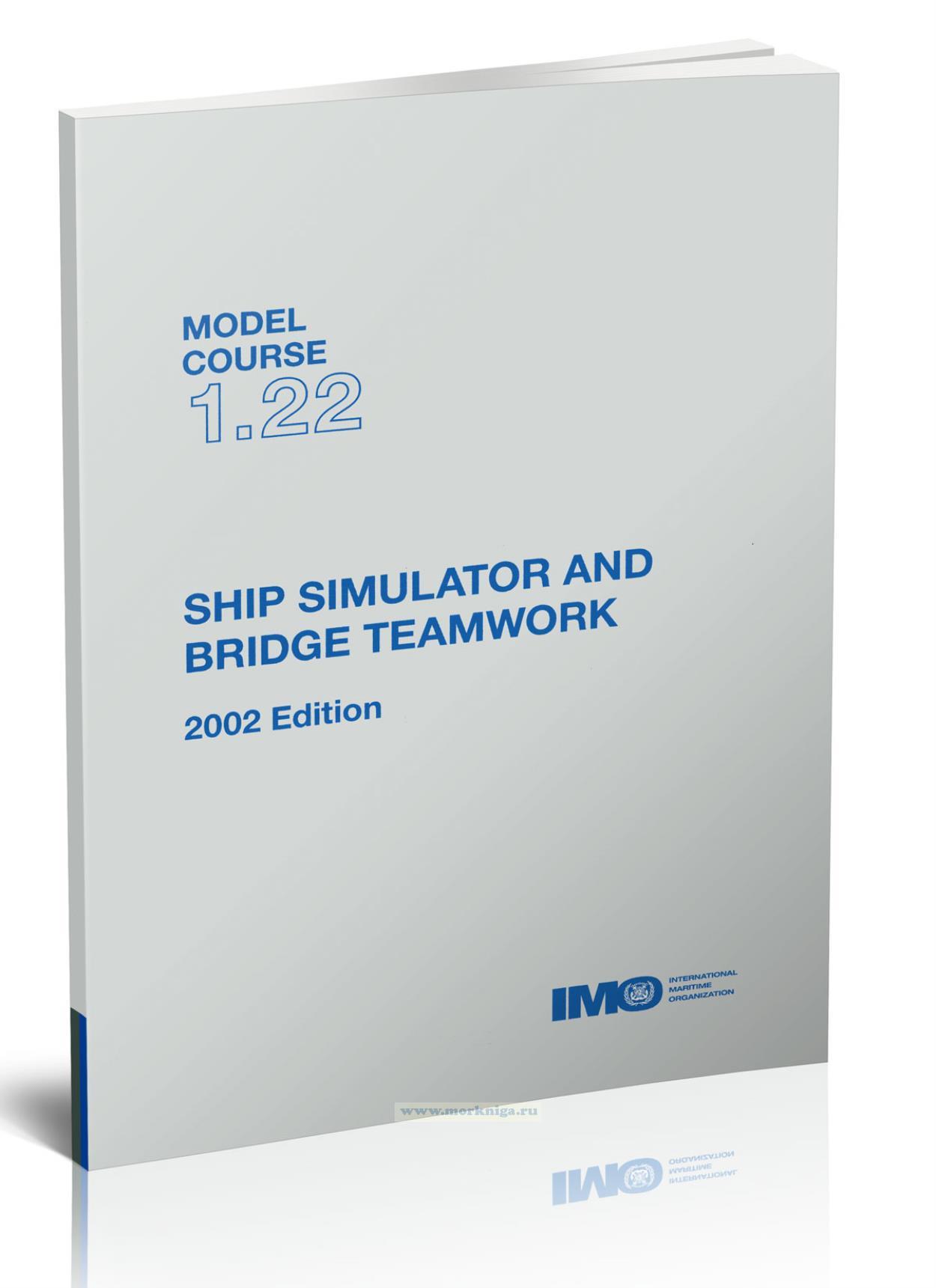Сб с 10 до 16
Advanced training for liquefied gas tanker cargo operations. Model course 1.05. 2015 Edition
The purpose of the IMO model courses is to assist maritime training institutes and their teaching staff in organizing and introducing new training courses, or in enhancing, updating or supplementing existing training material where the quality and effectiveness of the training courses may thereby be improved. The purpose is also to enhance the capabilities of shipboard personnel who sail on specialized carriers such as liquefied gas tankers. It is not the intention of the course to compartmentalize the trainee's way of thinking in terms of tanker operation. The idea is to make him/her aware of the specialization of operations specific to a liquefied gas tanker and sensitize him/her towards the responsibilities that s/he will face on such a vessel.
This course is for masters, chief engineer officers, chief mates, second engineer officers and any person with immediate responsibility for loading, discharging, care in transit, handling of cargo, tank cleaning or other cargo related operations on liquefied gas tankers. By successfully doing this course, the aforementioned shipboard personnel will fulfil the mandatory minimum requirements of regulation V/1-2 paragraph 3 of STCW 1978, as amended. The coverage of the model course is wide in scope and includes liquefied gas tanker safety, fire safety measures and systems, prevention and control of pollution, operational practice and obligations under applicable laws and regulations, thereby covering all the training necessary. In addition the course covers the managerial aspects on board including a section on risk assessment and safety management as well as contingency planning in line with the ISM Code.
Contents
Introduction
Purpose of the model courses
Use of the model course
Aims
Lesson plans
Presentation
Implementation
Part A: Course Framework
Scope
Objective
Entry standards
Course certificate
Course intake limitations
Staff requirements
Teaching facilities and equipment
Use of simulators
Design
Teaching aids (A)
IMO references (R)
Textbooks (T)
Bibliography (B)
Videos - DVDs, CDs, CBTs (VG)
Part B: Course Outline and Timetable
Lectures
Course Outline
Course Timetable
Part C: Detailed Teaching Syllabus
Introduction
Part D: Instructor Manual
Introduction
Guidance Notes
Appendix 1: Appended Diagrams
Appendix 2: Exercises
Case Study - 1
Case Study - 2
Part E: Evaluation
Initial/Diagnostic assessment
Formative assessment
Purpose of formative assessment
Summative assessment
Purpose of summative assessment
Evaluation for quality assurance
Purpose of assessment with respect to quality assurance
Assessment planning
Validity
Reliability
STCW Code as amended
Evaluation of competence
Multiple choice questions
Compiling tests
Quality of test items
Guidance on the implementation of IMO model courses


 Officer in charge of a navigational watch. Model course 7.03
Officer in charge of a navigational watch. Model course 7.03  Ship simulator and bridge teamwork. Model course 1.22
Ship simulator and bridge teamwork. Model course 1.22  Advanced training for chemical tanker cargo operations. Model course 1.03. 2016 Edition
Advanced training for chemical tanker cargo operations. Model course 1.03. 2016 Edition